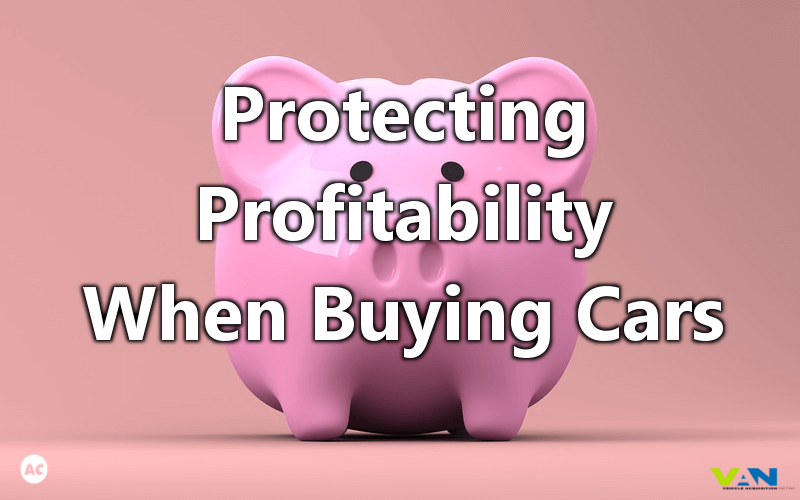Vehicle Profit Potential: New Method. New Metric. New Thinking.
Traditionally speaking, most dealers have adhered to the calendar method for measuring vehicle age and determining profitability. This method, however, which uses the vehicle’s time on the lot as the primary indicator for determining the vehicle profit potential, is now under scrutiny.
According to industry Dale Pollak, time on the lot is no longer a sufficient way to determine a vehicle’s profit potential. The myth, Pollak states, is that vehicles have diminished profit opportunity as they age according to calendar days. But Pollak says this is not true.
Vehicles all begin with different levels of profitability from day one. This is the greatest indicator of vehicle profit potential, not the calendar, says Pollak. Some vehicles lose their ability to make profit sooner than others. It depends on each individual vehicle.
Vehicle Profit Potential vs. Velocity
Pollak has recently unveiled vAuto's new program ProftTime. It works under the premise that not all cars are created equal. Effectively, "profit potential" as opposed to velocity. As we know, "velocity" has been vAuto's mantra for some time now.
Under profit potential thinking, Car A and Car B may both come into your inventory on Day 1, but that doesn’t mean they hold equal value. Judging their value based solely on how long they’ve been a part of your inventory is not only short-sighted, it could be costly.
“If you’re managing used vehicles strictly based on the calendar, you’ll inevitably let some cars remain in your inventory longer than they should, and you’ll effectively give away vehicles you shouldn’t.” - Dale Pollak
With ProfitTime, each vehicle’s investment value, not the days on the calendar, serves as the primary driver to determine whether you need the car, how you should acquire it and where you should price it competitively.
It’s going to "change the way a 100-year-old industry makes decisions on used cars," he says.
Used Vehicles are LikePrecious Metals
Conventional wisdom has been known to compel dealers to send a car to auction after so many days on the lot. Typically about 60. But this isn’t always the best course of action, notes Aaron Gomez from KMG Management in a recent conversation.
“There are so many factors that go into why a vehicle is still on your lot,” says Gomez. “We have to look at vehicles like precious metals. You can’t just go by calendar days alone. I think what Dale is trying to do is open up everyone’s mind to recognize this.”
Profit Potential is a Proven Concept
In contrast, Jasen Rice points out in the same conversation that the premise isn't actually new. In fact, it circles back to how dealers valued cars years ago. "We would grade a car based on how long you owned it to book, based on whatever book." Using local data from sources like Kelley Blue Book or Black Book gave dealers information relevant to their area. These days, that has expanded with reporting and comparisons available in real time across the country. That's the aim of ProfitTime. "They're doing the same thing now but based on market data," he says.
*Note: Rice is a former employee of vAuto.
Focus on the Big Picture
As important as vehicle profit potential is, you can't get too hung up on the profitability of ever single car. That's the opinion of industry veteran Chip Dorman from Torque Analytics. "The whole ides of stock management is to optimize your profit," he says. "If you have some cars that have more profit potential in them and you know you're going to have to hold onto them a bit longer, okay fine. You've gotta manage your entire inventory to manage your total profitability."
What do you think?
- Do you measure profit potential based solely on calendar days, or do you factor in other considerations?
- Are you using ProfitTime now in your dealership?
- How important is the human-factor in determining profit potential?




